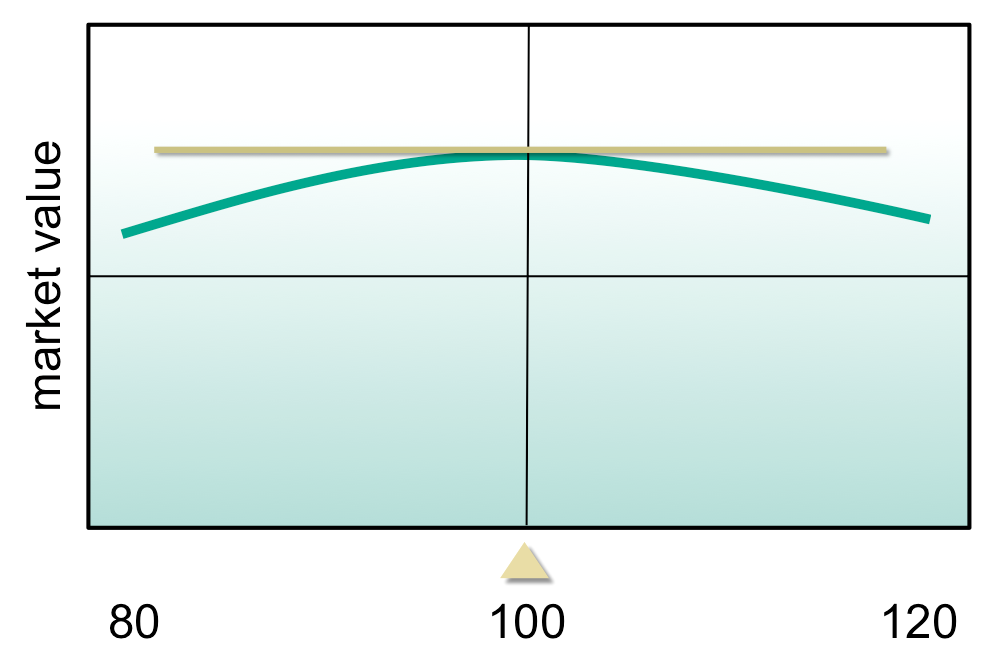What Is a Put Option Selling Stock
Post on: 19 Май, 2015 No Comment

Hedge funds use put options to make money in a down market.
Definition: A put option gives you the right to sell your stock at an agreed-upon price at any time up to an agreed-upon date. This is like insurance that, no matter what happens, you won’t lose any more than the sell price. It limits your losses on that stock.
In return for this insurance, you pay a small fee to the person who is willing to buy your stock. The fee is to cover his risk. After all, he realizes you could ask him to buy it on any day during the agreed-upon time period. He also realizes there’s the possibility the stock could be worth far, far less on that day. However, he thinks its worth it because he believes the stock price will probably go up. Like a regular insurance company, he’d rather have the certain payment you will give him in return for the slight chance that he’ll actually have to buy the stock.
Why It’s Called an Option
When you buy a put option, it gives you the right to sell your stock at an agreed-upon price. In other words, you have purchased the option to sell it. It’s called a put because you bought the right to put the stock down.
However, you can only sell it at the agreed-upon price. This is known as the strike price because you will presumably strike when the stock price falls to that value or lower. And, you can only sell it up to a certain agreed-upon date. That’s known as the expiration date because that’s when your option expires.
So, if you decide to sell your stock at the agreed-upon price (strike price) on or before the agreed-upon date (expiration date) you are exercising your put option. Unless you’re in Europe. In that case, you can only exercise your put option exactly on the expiration date.
Commodities Put Options
Put options can be used with commodities as well as stocks. Commodities are tangible things like gold. oil and agricultural products including wheat, corn and pork bellies. Unlike stocks, commodities aren’t bought and sold outright. No one really purchases and takes ownership of a pork belly. Instead, commodities are bought as futures contracts. These contracts are very risky because they can expose you to unlimited losses. Why? Unlike stocks, you can’t buy just one ounce of gold. A single gold contract is worth 100 ounces of gold. If gold loses $1 an ounce the day after you bought your contract, you’ve just lost $100. Since the contract is in the future, you could lose hundreds or thousands of dollars by the time the contract comes due.
Put options are used in commodities trading because they are a lower risk way to get involved in these highly risky commodities futures contracts. In commodities, a put option gives you the option to sell a futures contract on the underlying commodity. When you buy a put option, your risk is limited to the price you pay for the put option (premium) plus any commissions and fees. Even with the reduced risk, most traders don’t actually exercise the put option. Instead, they close it before it expires. They just use it for insurance to protect their losses.
How Hedge Funds Use Put Options
Hedge funds use put options to make money in a bear market or stock market crash. Hedge fund Jabre Capital Partners SA bought put options on the German stock index fund, the FTSE 25 because they thought that German stocks would decline thanks to the Greece debt crisis in 2011. Corriente Advisors LLC bought put options against the Chinese yuan. believing the currency’s value would decline. (Source: Bloomberg, Tudor Leads Hedge Funds Using Options to Bet on China Stocks, May 26, 2011)
How an Individual Investor Used Put Options
To make it a little more clear, here’s a real life example from About.com Guide to Beginning Investing, Joshua Kennon. (He clearly warns, Do not try this at home.) He wanted to buy stock in Tiffany & Co because he’d done the research and the company is solid and very profitable. He got his chance when the stock market took a nose-dive in during the 2008 financial crisis. Tiffany stock prices fell from $57 to $29 a share.
Rather than buy, say, $30,000 for 1,000 shares of Tiffany’s, he sold put options. Panicked Tiffany stockholders agreed to pay him around $5 a share for the option of selling Tiffany stock to him for $20 a share. He received $5,000 from the stockholders, and set it aside. He also set aside $15,000 in case the options were exercised. In total, he now had $20,000 earning interest so he could buy the 1,000 shares of Tiffany’s. Worst case, he bought 1,000 share of a stock he wanted anyway, at a very good price. If the stock market improved, he still got to keep the $5,000. To read the entire story, see Getting Paid to Invest in Stocks by Trading Sell to Open Put Options.
Also Known As: Put
Examples: Hedge funds use put options to sell stock they think will decline in value.














